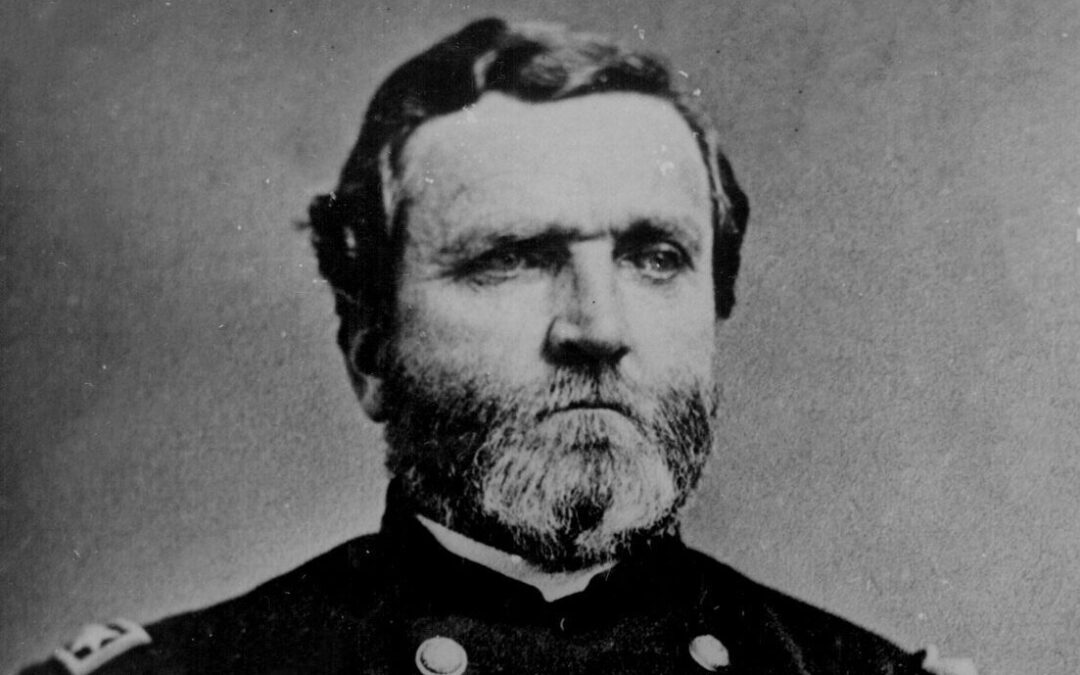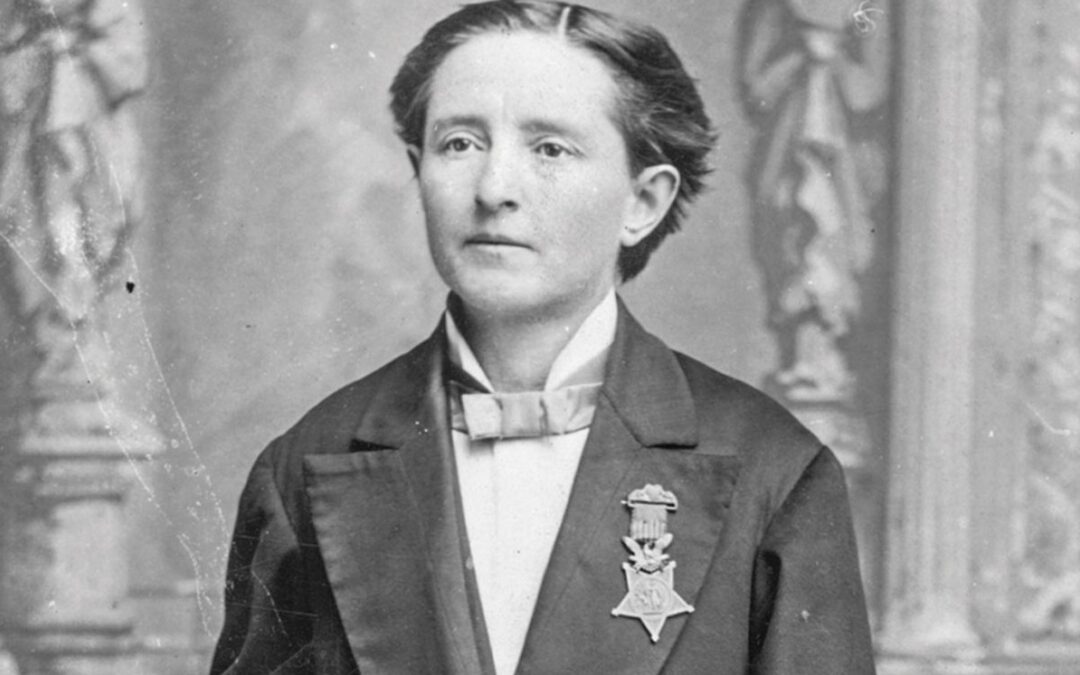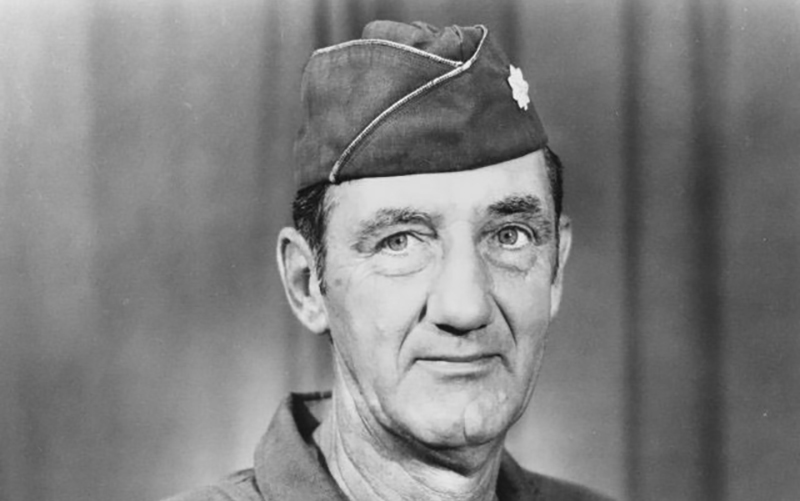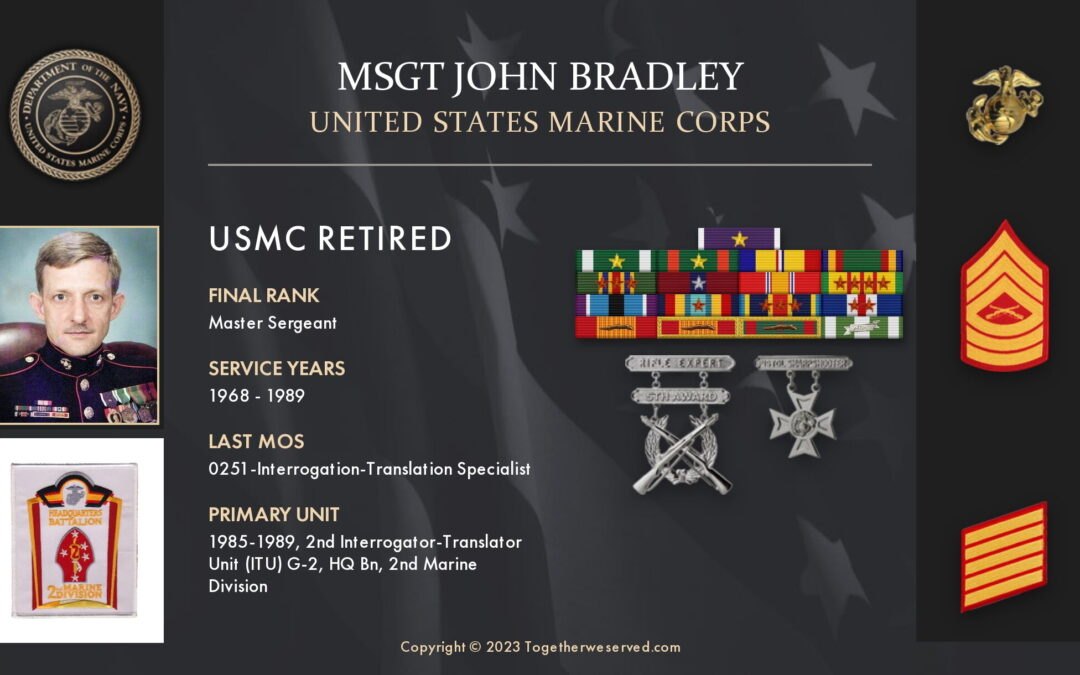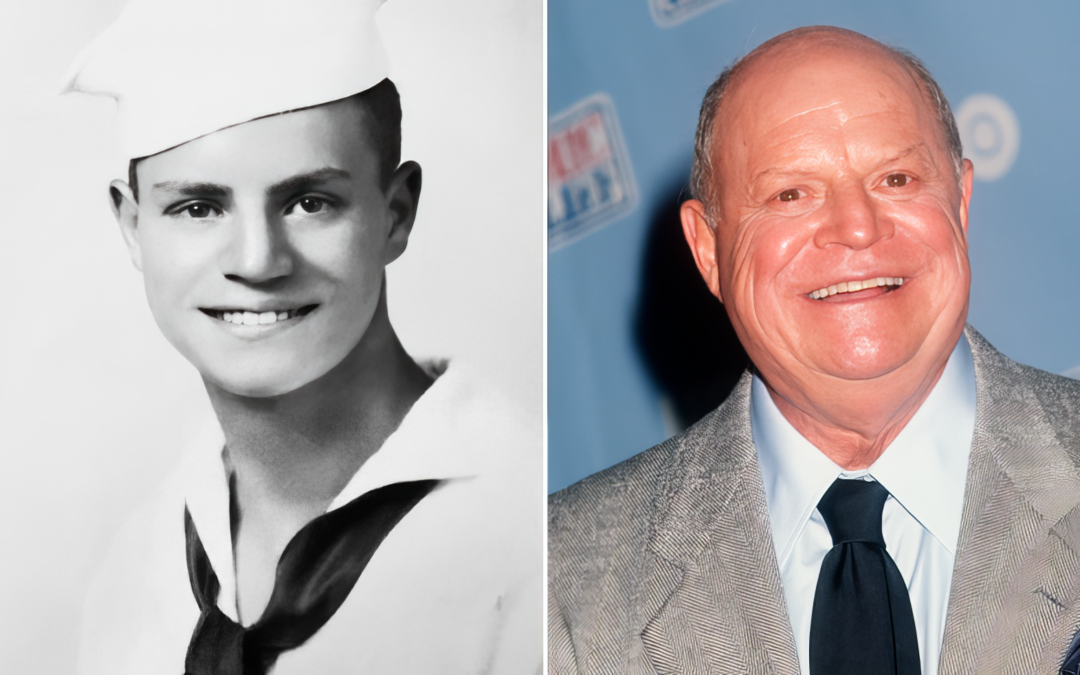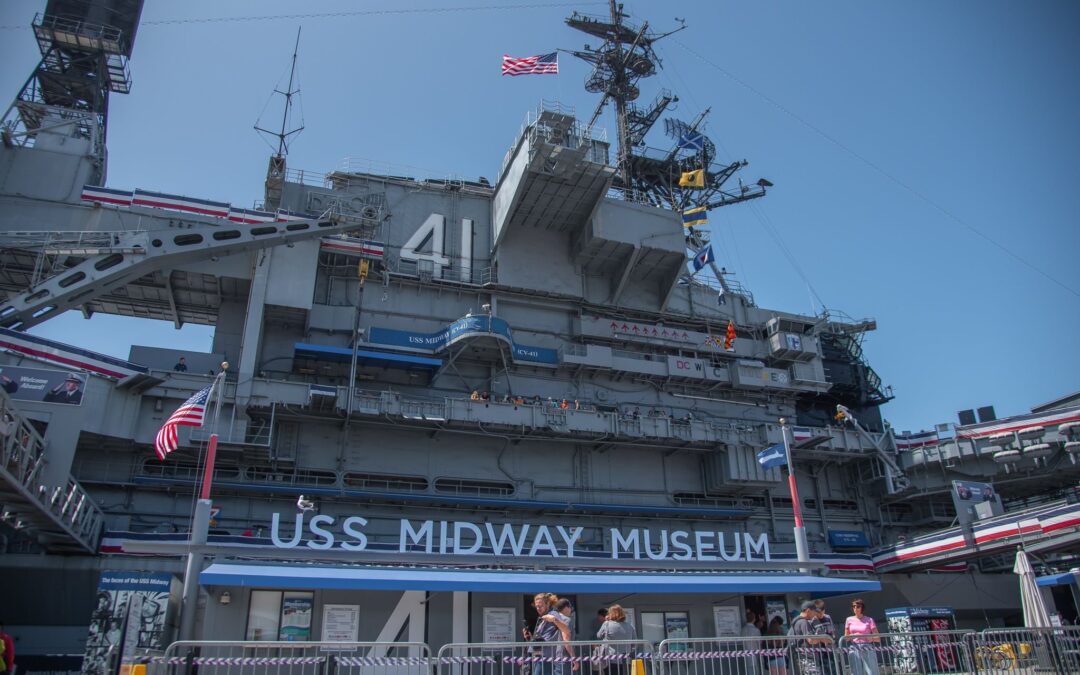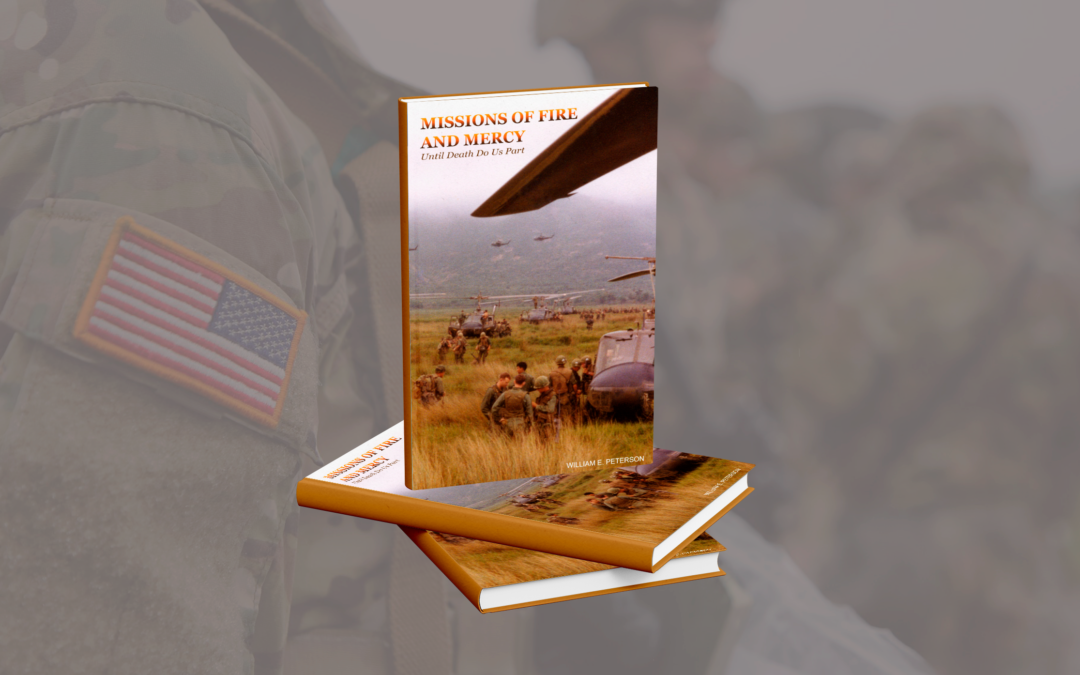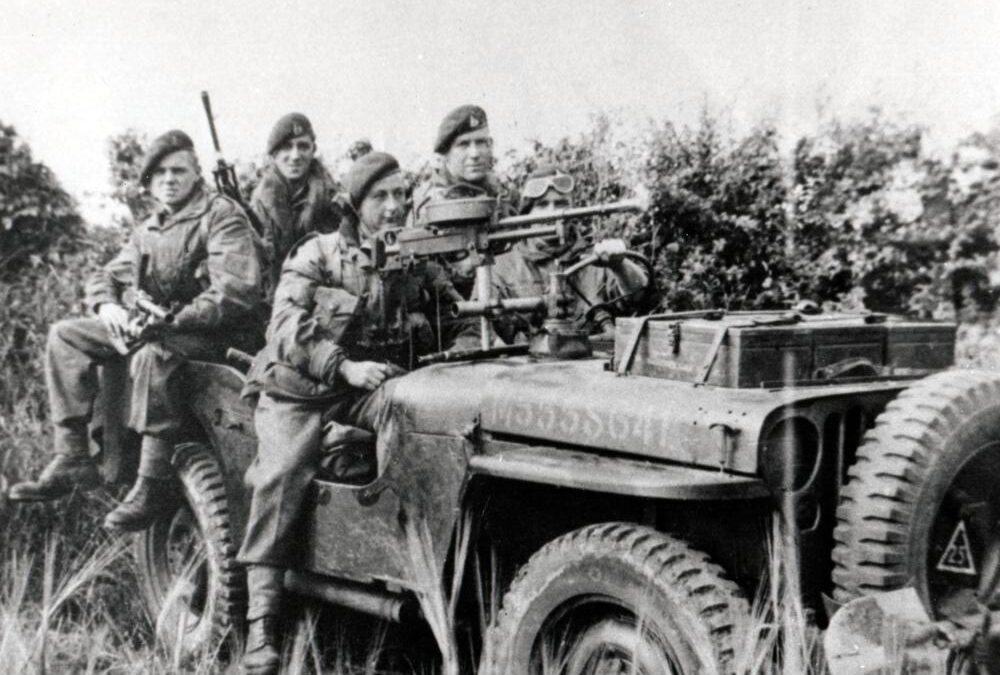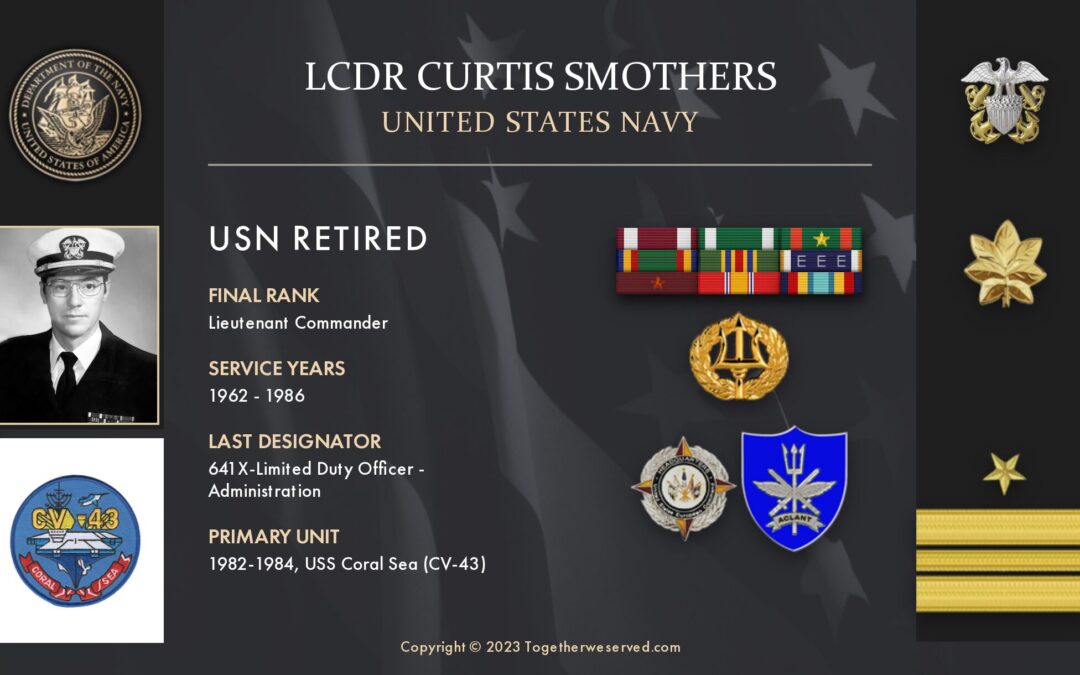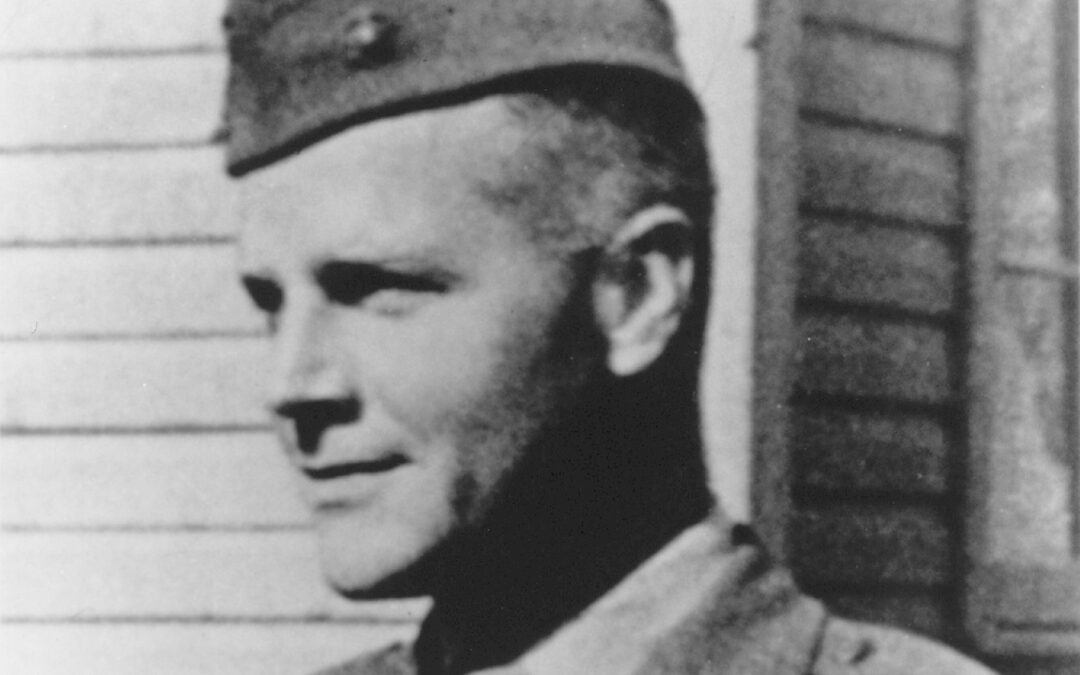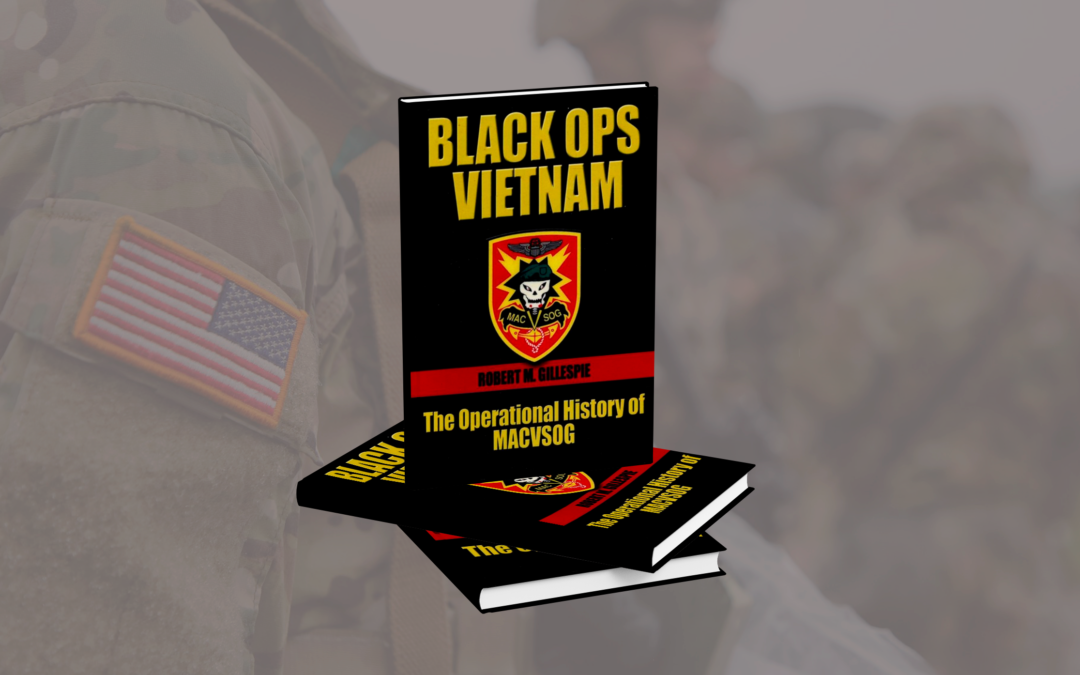On Dec. 15, 1864, Confederate Gen. John Bell Hood had the unfortunate job of going up against the Union's only undefeated general officer, Maj. Gen. George H. Thomas. Thomas, nicknamed "The Rock of Chickamauga" for preventing a disaster for the Union in 1863, would keep that record throughout the Civil War. After the two-day Battle of Nashville, his nickname would become "The Sledge of Nashville," after he effectively destroyed the Confederate Army of Tennessee. Sherman's Famous March to the Sea Aft Hood failed to prevent Gen. William T. Sherman's forces from destroying Atlanta; he sought to disrupt Sherman's supply lines by moving north to Chattanooga. Sherman instead conducted his now-famous March to the Sea, instead leaving Gen. Thomas to secure Tennessee. Hood would have been better off against Sherman. In moving north, he chased Maj. Gen. John M. Schofield's army to Nashville, where the Union forces retreated into the fortified city, which had been in Union hands since...
